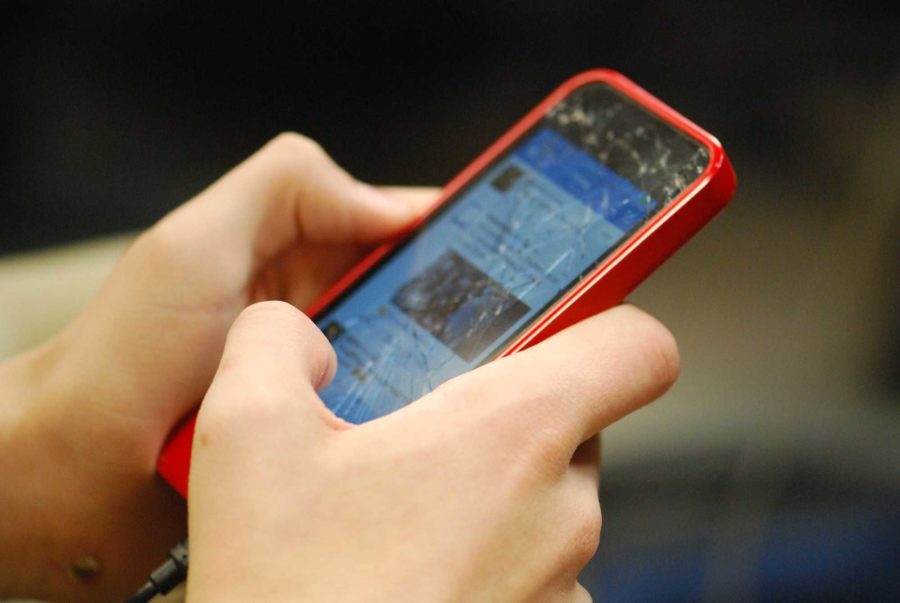The changing nature of bullying
Although there may not be many kids stealing lunch money here on campus, bullying exists in other ways.
March 3, 2014
After countless presentations and videos and commercials, students often say, “Bullying exists, but not here.” However, the stereotypical image of the big mean jock picking on the fragile little freshman nerd is no longer this generation’s reality of ‘bullying’. With the steady increase of students on social media websites such as Twitter, Instagram, Vine, and tumblr, teenagers can now experience harassment at school along with almost anywhere they can access their smart phone.
“I remind myself what bullying is: it is on going, repeated, and pervasive actions that one does to another,” assistant principal Bruce Coachman said. “Typically, the student being bullied has asked the other student to stop.”
However, these types of pervasive actions have evolved.
“[Bullying] exists at Lovejoy, but because teenagers spend more time on the internet, the type of bullying going on has evolved and is not really recognized,” sophomore Caroline Brugge said.
With today’s teenagers spending more than 7.5 hours a day using technology, students are more susceptible to cyberbullying.
“Cyberbullying is bad and it can affect people emotionally,” sophomore Rachel Willmann said. “Most people think of subtweeting as not that big of a deal, but it can really hurt someone and no one has directly talked to me about it, but I know that a lot of people do get subtweeting and it probably does affect them.”
Although bullying has become less recognizable, cyberbullying has become alarmingly common among teenagers in this day and age. However, less than half of all students that have been cyberbullied tell a parent or an adult.
“[Bullying] is more like ruling people out of groups and social media oriented,” senior Carter Benno said. “[Severe bullying] is anything that makes a person want to end their life or genuinely makes them feel bad about themselves and I really think that if someone is being mean to you that you really should tell someone.”
In general, students that are experiencing cyberbullying or bullying are less likely to tell an adult or trustworthy friend.
“I’m not sure that bullying in itself has changed, but the way we bully definitely has evolved,” Coachman said. “With all the wonderful inventions of social media and all the ways which that entails, we now have new mediums of which to do it and almost feel safe doing it because its distant and it has changed in the way that now we can’t get away from it.”





